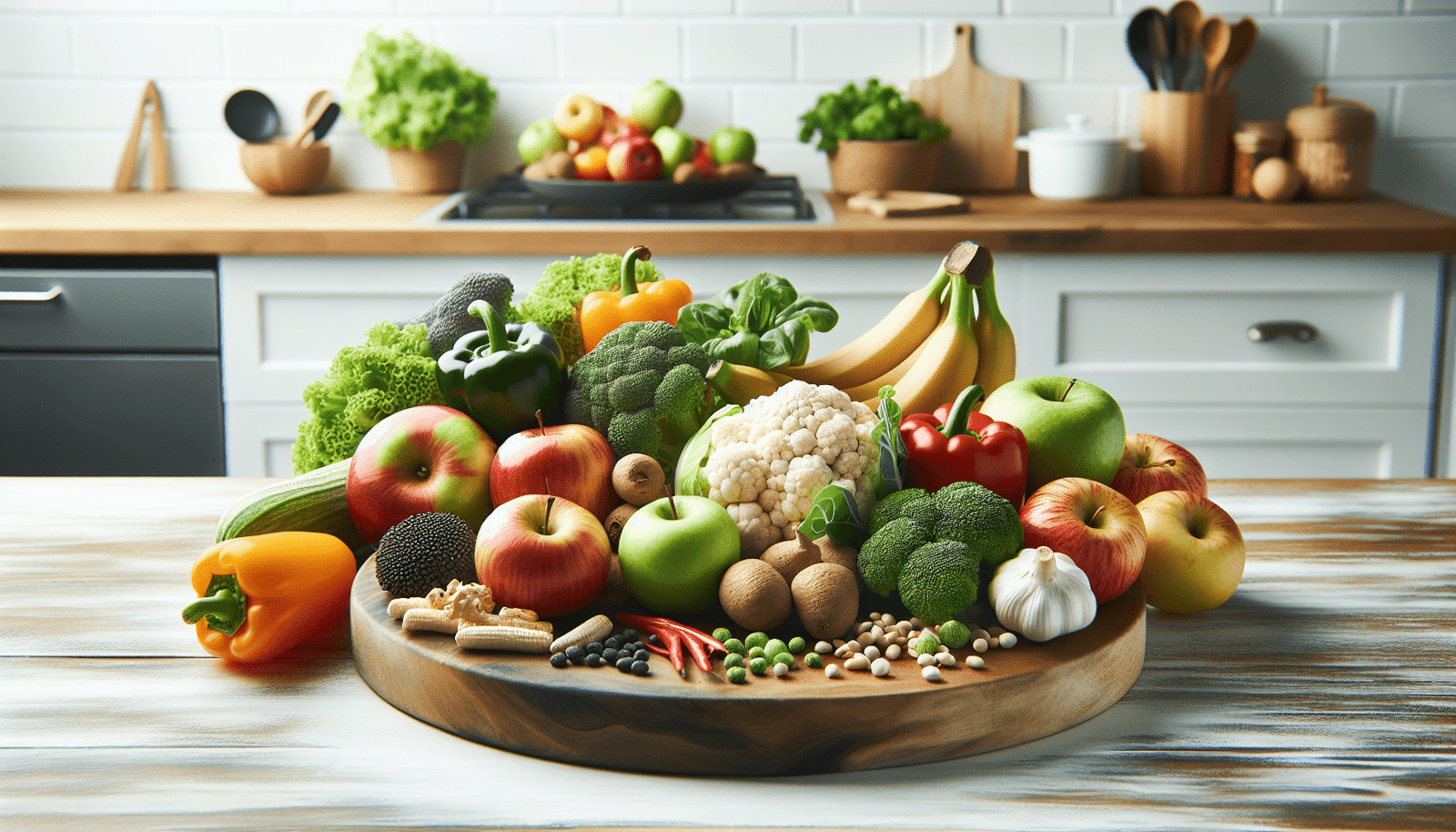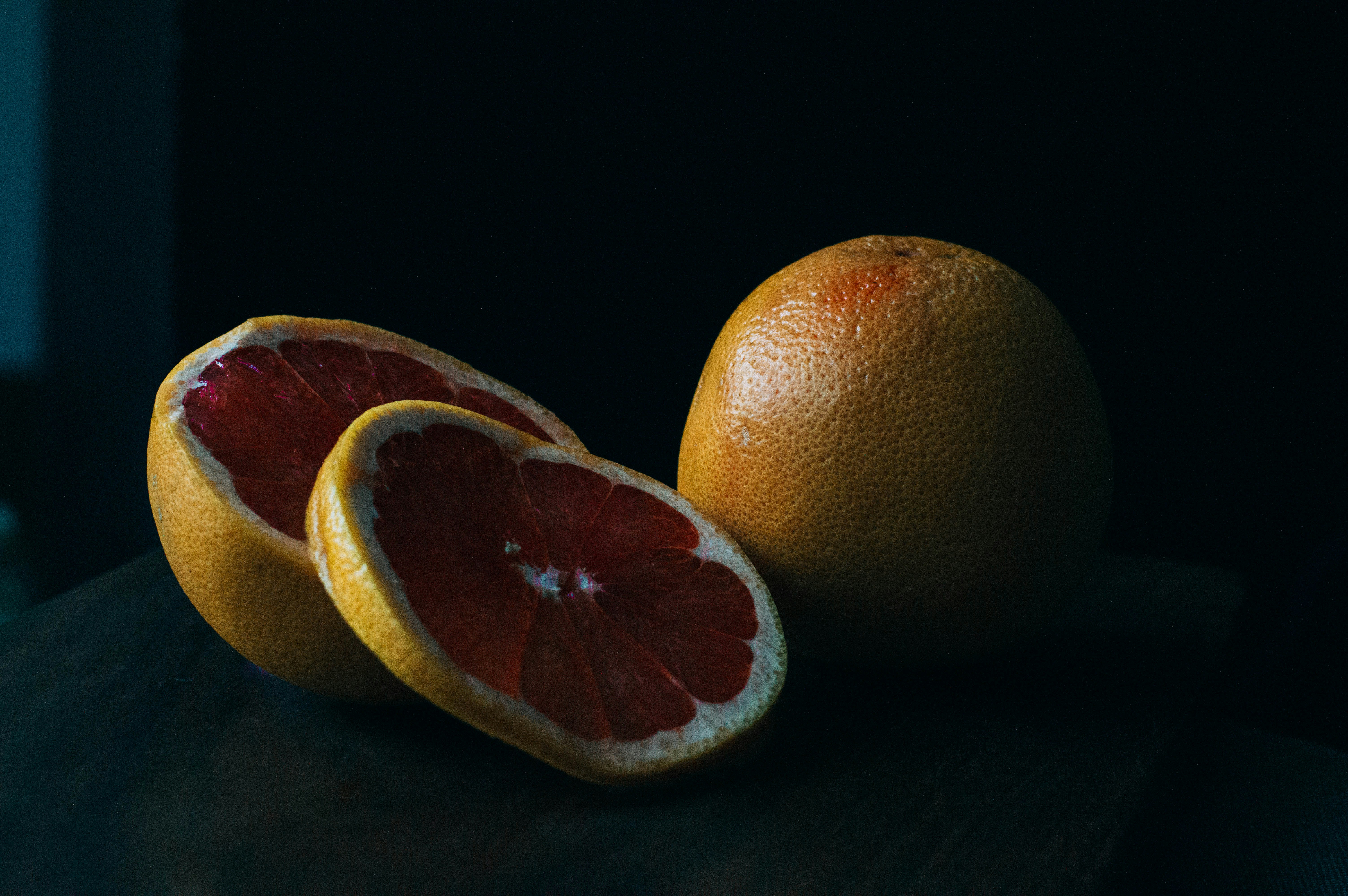Have you ever found yourself feeling overwhelmed by the need to make dietary changes, especially when it comes to managing specific health concerns? If you’re reading this, you might be on a quest to learn more about low-oxalate diets and how they can be both beneficial and gut-friendly. Buckle up because we’re about to unpack everything you need to know about a low-oxalate diet and the foods that can keep your gut smiling.
Understanding Oxalates
Oxalates, or oxalic acid, are naturally occurring compounds found in a variety of foods. They’re generally harmless for most people but can become problematic if your body struggles to eliminate them properly.
What Are Oxalates?
Oxalates are organic acids that occur in many plants. They are produced as a waste product by the body and can also be consumed through various foods. While oxalates themselves are not harmful, they can bind with minerals such as calcium in your intestines, forming insoluble compounds that can lead to kidney stones.
Why Low-Oxalate?
You might be wondering why anyone would need to adopt a low-oxalate diet. Some people are predisposed to forming kidney stones, and high levels of oxalates can increase this risk. Additionally, people with certain gastrointestinal disorders may find that a low-oxalate diet helps manage symptoms.
Signs You Might Need a Low-Oxalate Diet
Recognizing the signs that you might need a low-oxalate diet can help you take action before things worsen.
Kidney Stones
Kidney stones are often the first indication that you might need to cut back on oxalates. If you’ve experienced them, you know they are no picnic. Talk to your healthcare provider for an accurate diagnosis.
Gastrointestinal Issues
Conditions like Crohn’s disease or irritable bowel syndrome (IBS) can make it difficult for your body to manage oxalates. If you’ve been diagnosed with any of these conditions, reducing your oxalate intake may provide some relief.
Gut-Friendly Foods to Include
Let’s get to the good stuff—what can you actually eat on a low-oxalate diet? Surprisingly, there are plenty of gut-friendly options that are also low in oxalates.
Vegetables
While many leafy greens are high in oxalates, there are still a variety of vegetables you can enjoy.
| Low-Oxalate Vegetables | Oxalate Content (mg per 100g) |
|---|---|
| Cabbage | 2 |
| Kale | 17 |
| Cauliflower | 1 |
| Zucchini | 4 |
Fruits
Fruits can be a tricky area because many are higher in oxalates. However, there are still options that won’t break your low-oxalate bank.
| Low-Oxalate Fruits | Oxalate Content (mg per 100g) |
|---|---|
| Apples | 1 |
| Bananas | 2 |
| Cherries | 1 |
| Blueberries | 4 |
Protein Sources
Animal-based protein is naturally low in oxalates. For those who prefer plant-based diets, there are still some viable options.
| Protein Source | Oxalate Content (mg per 100g) |
|---|---|
| Chicken | 0 |
| Fish | 0 |
| Eggs | 0 |
| Tofu | 4 |
Foods To Avoid on a Low-Oxalate Diet
Awareness is key when it comes to managing a low-oxalate diet. Knowing which foods to avoid can make the journey a lot easier.
High-Oxalate Vegetables
Sadly, you’ll need to part ways with some popular veggies.
| High-Oxalate Vegetables | Oxalate Content (mg per 100g) |
|---|---|
| Spinach | 750 |
| Beetroot | 152 |
| Swiss Chard | 380 |
| Rhubarb | 570 |
High-Oxalate Fruits
Some fruits are surprisingly high in oxalates, so don’t be caught off guard.
| High-Oxalate Fruits | Oxalate Content (mg per 100g) |
|---|---|
| Kiwi | 29 |
| Blackberries | 19 |
| Raspberries | 49 |
| Oranges | 24 |
Nuts and Seeds
Nuts and seeds can be a hidden source of oxalates.
| High-Oxalate Nuts/Seeds | Oxalate Content (mg per 100g) |
|---|---|
| Almonds | 469 |
| Pecans | 201 |
| Sesame seeds | 266 |
| Peanuts | 187 |
Supplements and Other Considerations
Supplementing your diet can help you maintain balance, especially if you feel you’re missing out on essential nutrients.
Calcium Supplements
Calcium binds with oxalates, thereby reducing their absorption. Talk to your healthcare provider about the right dosage for you.
Probiotics
Gut health is paramount in managing a low-oxalate diet. Probiotics can aid digestion and improve gut flora, making it easier to process the foods you do consume.
Hydration
Staying well-hydrated is crucial for anyone, but it’s especially important when you’re on a low-oxalate diet. Proper hydration helps flush out oxalates, reducing the risk of kidney stones.
Tips for a Smooth Transition
Making dietary changes can be challenging, but there are ways to make the transition smoother.
Meal Planning
Planning your meals in advance can take a lot of the guesswork out of following a low-oxalate diet. Create a weekly menu using low-oxalate foods to make shopping and preparation easier.
Reading Labels
Processed foods can contain hidden oxalates, so always read labels carefully. Look out for ingredients like high-oxalate spices or thickeners.
Cooking Techniques
Certain cooking methods can reduce the oxalate content in foods. For instance, boiling vegetables and then draining the water can lower oxalate levels. Incorporating these techniques can help you enjoy a variety of foods with less risk.
Common Misconceptions
There’s a lot of misinformation floating around about low-oxalate diets. Let’s clear up some of the most common myths.
You Can’t Eat Any Greens
This isn’t true. While some greens are high in oxalates, others like kale and cabbage are perfectly fine to consume in moderation.
All Nuts and Seeds Are Off-Limits
Again, not true. While certain nuts and seeds are high in oxalates, others, like macadamia nuts, contain lower levels and can be consumed occasionally.
A Low-Oxalate Diet Is Nutritionally Incomplete
With careful planning, a low-oxalate diet can be nutritionally balanced. Including a variety of fruits, vegetables, and proteins will ensure you get essential nutrients.
Seeking Professional Guidance
If you’re concerned about making the switch to a low-oxalate diet, seeking professional guidance can be incredibly helpful.
Consult a Dietitian
A registered dietitian can provide you with personalized advice tailored to your specific health needs. They can help you plan balanced meals that align with your dietary restrictions.
Talk to Your Doctor
Before making any major dietary changes, it’s crucial to consult with your healthcare provider. They can run tests to determine if a low-oxalate diet is right for you and monitor your progress.

Keeping Your Gut Happy
Maintaining gut health while following a low-oxalate diet doesn’t have to be tricky.
Prebiotics and Probiotics
Foods containing prebiotics and probiotics can support a healthy gut. Including options like yogurt, kefir, and prebiotic-rich vegetables can be beneficial.
Fiber Intake
Although some high-fiber foods are also high in oxalates, you can still get sufficient fiber through low-oxalate vegetables and grains. This will help maintain a healthy digestive system.
Avoiding Irritants
Everyone’s digestive system is different, so it’s essential to pay attention to foods that might irritate your gut, even if they are low in oxalates. Keep a food diary to identify any potential triggers.
Putting It All Together
Balancing a low-oxalate diet while keeping your gut happy may seem like a juggling act, but it’s entirely manageable with a bit of planning and knowledge.
Sample Meal Plan
To give you a head start, here’s a simple meal plan idea that incorporates gut-friendly, low-oxalate foods.
Breakfast:
- Scrambled eggs with a side of sautéed zucchini
- A small banana
Lunch:
- Grilled chicken salad with cabbage and a light vinaigrette
- A small apple
Dinner:
- Baked salmon with steamed cauliflower and carrots
- Fresh blueberries for dessert
Snacks:
- A few slices of cucumber with hummus
- A handful of macadamia nuts
Final Thoughts
Navigating the world of low-oxalate diets can be challenging, but with the right information, you can make choices that are both delicious and gut-friendly. Remember, it’s all about balance and listening to your body. By incorporating these tips and foods into your daily routine, you’ll be well on your way to enjoying a healthy, low-oxalate lifestyle.




